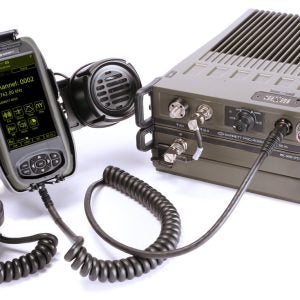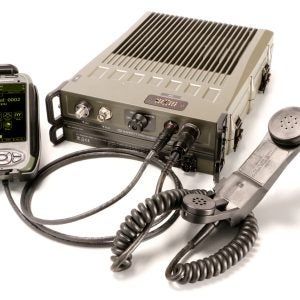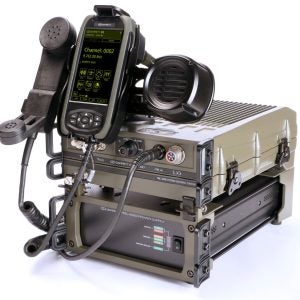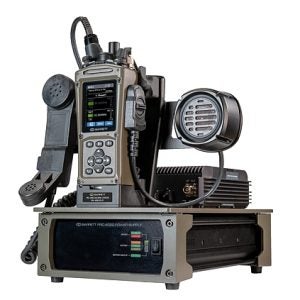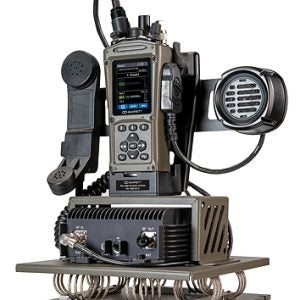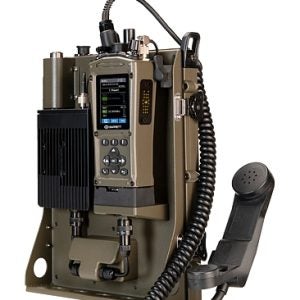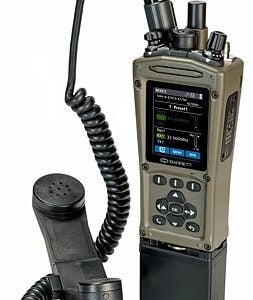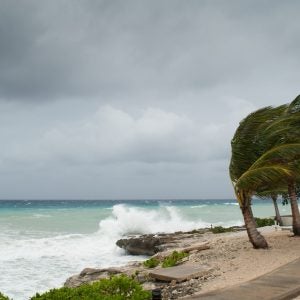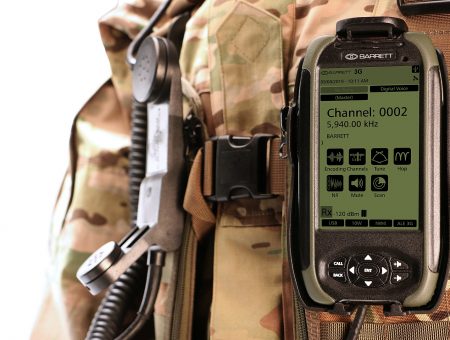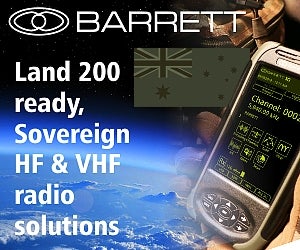Barrett to Support a Challenger Class Team in the World Solar Challenge
The 3,000km journey from Darwin in Australia’s northern territory to Adelaide in south Australia is a remote and arduous one for any traveller.
However the feat is more impressive in an aerodynamic solar car that requires a team of specialists to ensure it makes the distance in the fastest possible time.
On 18 October 2015, 46 teams from around the world will take up this challenge for the honour of winning the Bridgestone World Solar Challenge in their respective divisions.
One of the many race requirements is for all teams to maintain reliable communications within each team and to emergency services, should that be required.
The Belgium Punch Powertrain Solar Team have enlisted the assistance of Barrett Communications to supply and manage their short- range and long-range high frequency (HF) communications.
The Punch Powertrain Solar Team convoy will consist of eight vehicles, including the solar car.
PR and Events specialist for the Punch Powertrain Solar Team Mr Karel Winderickx said: "In past challenges we have used satellite phones, which have been very expensive for the extensive communications required over the eight day race and we found them to be sometimes unreliable due to atmospheric conditions.
"Following the 2013 event, we identified communications was an areas we wanted to reassess.
"It was recommended that we talk with Barrett Communications directly to see if they would be interested in being involved in the 2015 challenge."
HF is suited for this type of communications as it is reliable and free to air as it uses the ionosphere (a layer of the earth’s atmosphere 80km – 1,000km above the earth’s surface) to transmit radio waves.
Each of the eight vehicles will have UHF communications, as six of the vehicles will be no more than a couple of kilometres away from each other.
However, the lead vehicle, known as Eagle will be 100km in front of the solar car and its responsibility is to be the weather vehicle and advise of conditions ahead.
All the information will be communicated to Brains, the vehicle directly trailing the solar car, three seconds behind it over HF radio.
Eagle will have a full voice, email and data system installed, including the Barrett 2050 HF SSB transceiver, the 2020 email, fax and data system, the 2019 automatic tuning antenna and the 2018 mobile magnetic loop antenna installed.
Barrett Communications managing director Mr Greg O’Neill said: "This system is ideally suited to this scenario.
"This system will allow Eagle to communicate with Brains over voice and for Eagle to communicate with the base station in Alice Springs, 1500km south of Darwin, over voice, email and data, which will then connect into the phone network via the internet back to the Barrett Communications Head Office in Perth Western Australia, 2,499km away from Alice Springs.
"They will be utilising the GPS vehicle tracking software as part of the Barrett 2020 email, fax and data system, which will give real-time location details on Google maps, which we will be streaming live to our website".
The installation of two antennas on Eagle is essential. Barrett 2018 uses near vertical incidence sky wave (NVIS) to overcome dead zones, a common limitation of a typical mobile whip antenna and is highly effective over the 100km short distance between vehicles.
The Barrett 2019 automatic tuning antenna is whip-based, which is ideal for long distance communications back to the base station in Alice Springs.


